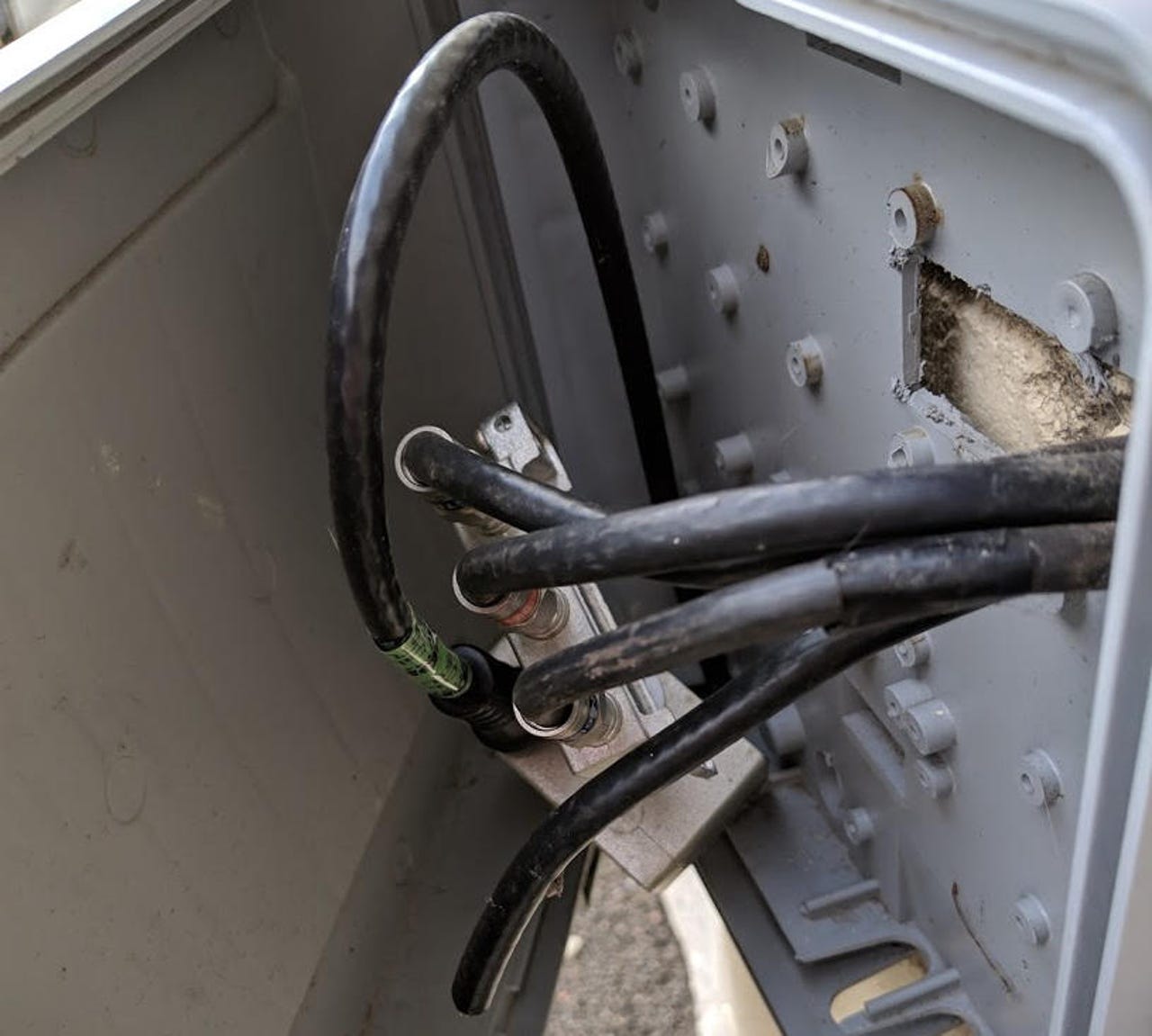Some of NBN's 8,000 non-serviceable premises waiting over 36 months: Telstra

The company responsible for deploying the National Broadband Network across Australia is leaving multiple thousands of premises behind in its rollout, Telstra has said.
Writing in a submission to the ACCC's NBN wholesale service standards inquiry, which kicked off at the end of 2017, Australia's incumbent telco said while previously the small numbers could be handled individually, recent months have seen the number of premises marked as non-serviceable increase.
"Currently there are approximately 8,000 premises in this category, some of which have been non-serviceable for up to and beyond 36 months," Telstra said.
"Telstra is concerned that, despite these growing numbers, NBN Co is not dedicating sufficient resources to delivering serviceability to these 'left behind' premises, and has not publicly recognised this issue or provided any sort of plan to address the long tail of non-serviceability."
The telco pointed to NBN saying previously that it expects around 100,000 premises to require "bespoke" complex connections due to being located within culturally significant areas, or are heritage sites.
Each month, Telstra said, it needs to negotiate with NBN to extend disconnection obligations for non-serviceable premises that are beyond the 18-month migration window for a 150-day period. Once the NBN migration window is closed, Telstra is obligated to disconnect legacy services in an area.
Users at non-serviceable premises are getting continued sign-up communications from retailers, and potentially multiple disconnection notices, Telstra said, even though they cannot connect to the NBN.
NBN should create a weekly report that has an estimation of when each non-serviceable premises will be connected, Telstra said, with users at those premises to be able to access a process to request a connection from NBN within 30 days.
See also: ACCC decides NBN needs to cater beyond its layer 2 remit
In its submission, Vodafone backed the ACCC's call for the NBN to over-provision its services.
The ACCC last week decided NBN to boost its layer 2 speeds by 5% to cater for the "overhead" of TCP/IP headers, despite the fact that NBN was established as a layer 2 provider. In its submission, Vodafone went a lot further.
"This is a worthy of topic of discussion (we believe the 'speed buffer' should be 20% higher) and we would welcome the ACCC commencing an assessment of this issue as a matter of priority," it said.
Vodafone said forcing NBN to boost the throttling speeds by one-fifth would allow ISPs to have speeds that closer match advertised speeds.
"We believe this technical adjustment to NBN Co's service would allay significant customer confusion and frustration and will bring the NBN service experience closer to an end-user's reasonable expectations," the telco said.
In 2017, the ACCC introduced guidance to force Australian ISPs to advertise the correct evening busy period speeds on their stickers.
Related Coverage
- NBN increasing 12Mbps connections for first time in a year: ACCC
- NBN cost per premises continues to increase while full fibre drops
- Optus is the new ACCC NBN speed report king
- Kate McKenzie to join NBN board as Milne and Flannigan depart
- Australian Christian Lobby thinks NBN or telcos should do age verification
- Render taking Australian fibre know-how to the States
- ACCC keeps prices flat for legacy non-NBN fixed line services
